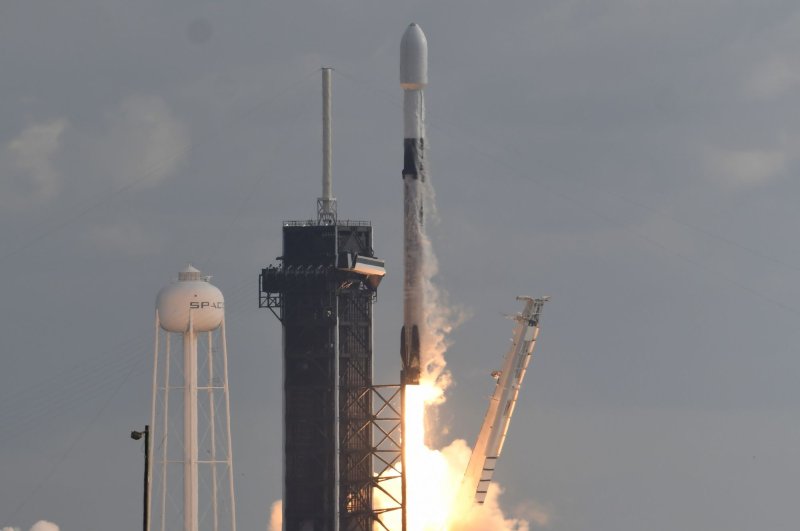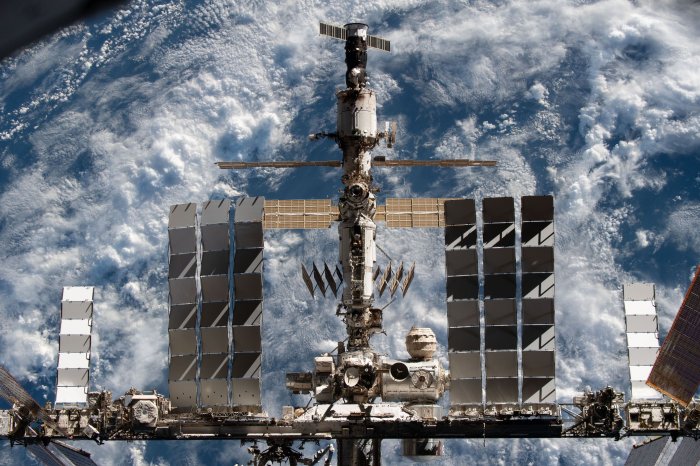Jan. 24 (UPI) -- Elon Musk's SpaceX launched 143 small satellites into space Sunday morning, setting a world record for the most spacecraft sent to orbit on a single mission.
A Falcon 9 rocket carrying the satellites for the Transporter-1 mission lifted off at 10 a.m. EST under partially cloudy skies -- but satisfactory enough for a safe launch -- toward a somewhat rare polar orbit, controllers said.
















